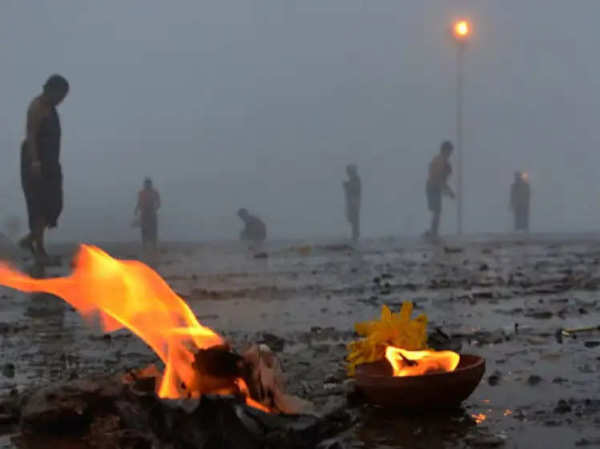
Makar Sankranti 2025: Makar Sankranti is a big festival in India. It is celebrated differently in many parts of the country. Somewhere it is considered the end of the winter season, while in many places it is considered the beginning of the new year. But few people know that from a scientific point of view, this is an important day and it is a special day in terms of the change of seasons on Earth. But why is it so? Do all these festivals really have any scientific basis? Let us know what is Makar Sankranti from the point of view of science.
What happens on this day according to science?
On this day, not only does the sun's zodiac change, but the movement of the sun's north and south due to the earth's axis also changes. First, understand the change in the zodiac. Astronomy is a part of astrology and according to astronomy, the cycle of the earth's sky is divided into 12 parts. This is called a solar month and zodiac in astrology. On Makar Sankranti, the sun goes from Sagittarius to Capricorn.

But there is a change even more important than this.
But this change in the Sun's zodiac is not as important as the change caused by the Earth's axis. So first understand the Earth's axis of rotation. The Earth's axis is not straight in comparison to the plane on which the Earth revolves around the Sun, but is tilted by 23.5 degrees. If this were not the case, the duration of day and night would be the same throughout the year, and we would never celebrate festivals like Sankranti.
What happens due to this inclination?
Due to the inclination of the earth, the day and night do not remain the same throughout the year. Actually, due to this inclination, for six months, one hemisphere of the earth appears inclined towards the sun and the other half for the remaining six months. Understand it in such a way that if we consider the axis of the earth as a stick, then it always revolves around the sun tilted to one side, so sometimes one part of it will be towards the sun and sometimes the other part.
What happens because of this?
This is the reason why one part of the earth has a summer season for six months and a winter season for six months. Due to this inclination, the sun sometimes rises and sets early and sometimes late from the earth, in fact it also appears that sometimes the sunrise is shifting towards the north and sometimes towards the south.
The rotation of the tilted axis around the sun is
when the upper part of the earth's axis is tilted towards the sun for one time in a year and it is tilted away from the sun for six months. Therefore, there are two times in a year when this axis is not tilted at all. At both these times, the day and night are equal. But when the northern part is towards the sun, then the day is the longest and the night is the shortest.
If we look at this important change in weather
from the perspective of the earth only, then the sun throws the maximum light in the upper part, then the day is the longest, this day is 21st June, the place on the earth where the sun is overhead at 12 noon is called the Tropic of Cancer. Before this, the sunrise is seen shifting towards the north, this time is called summer solstice in India.
PC:News18